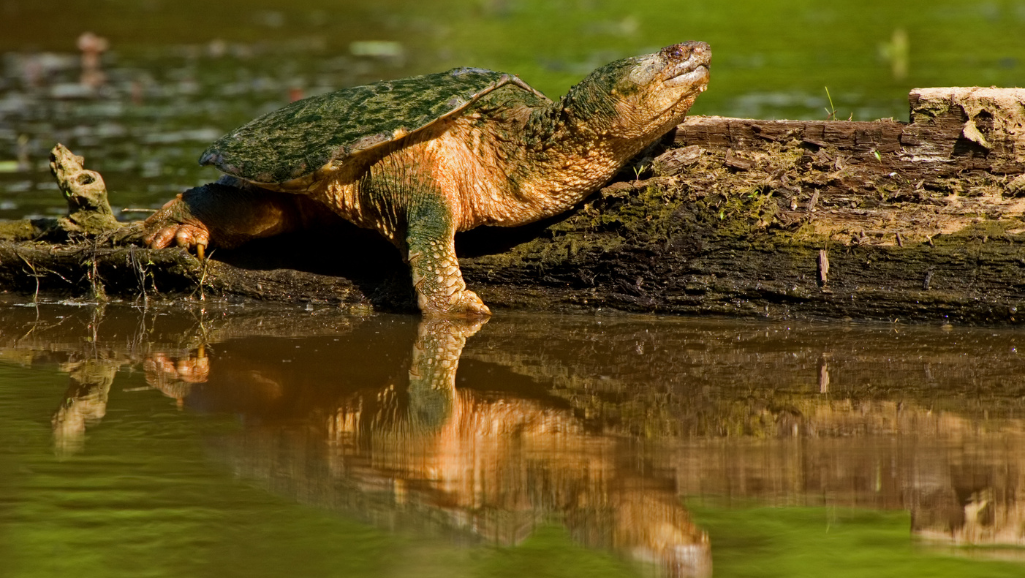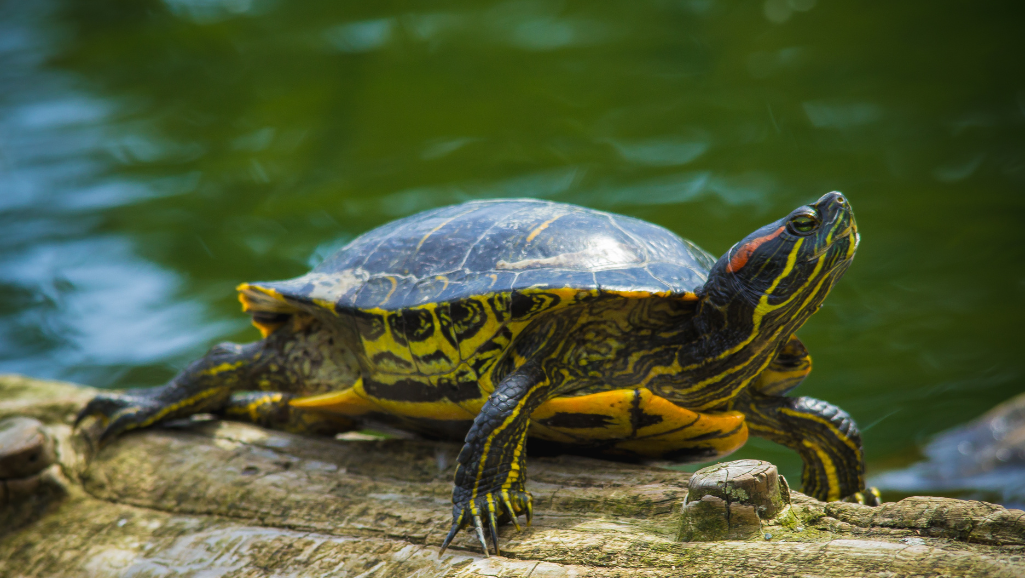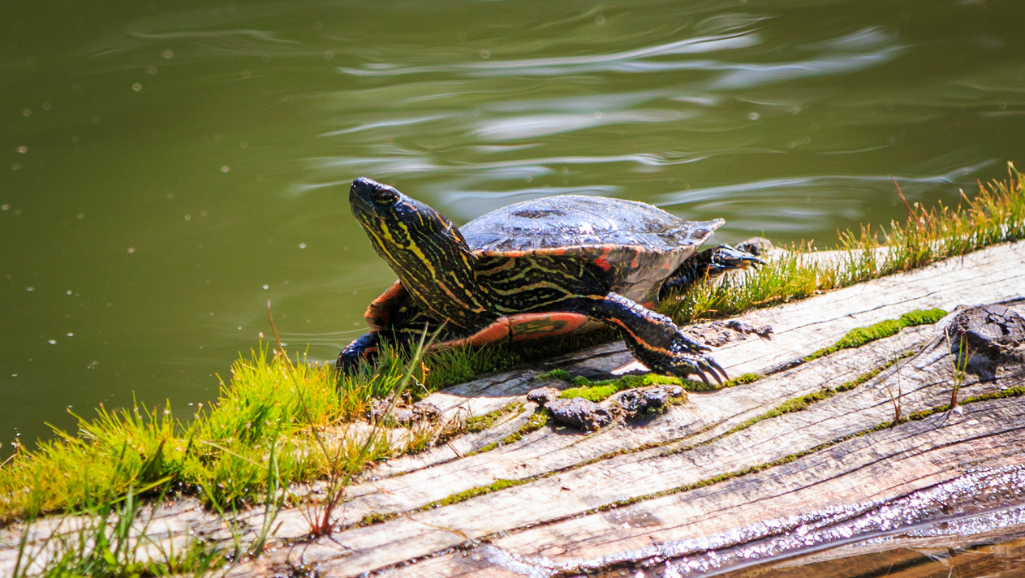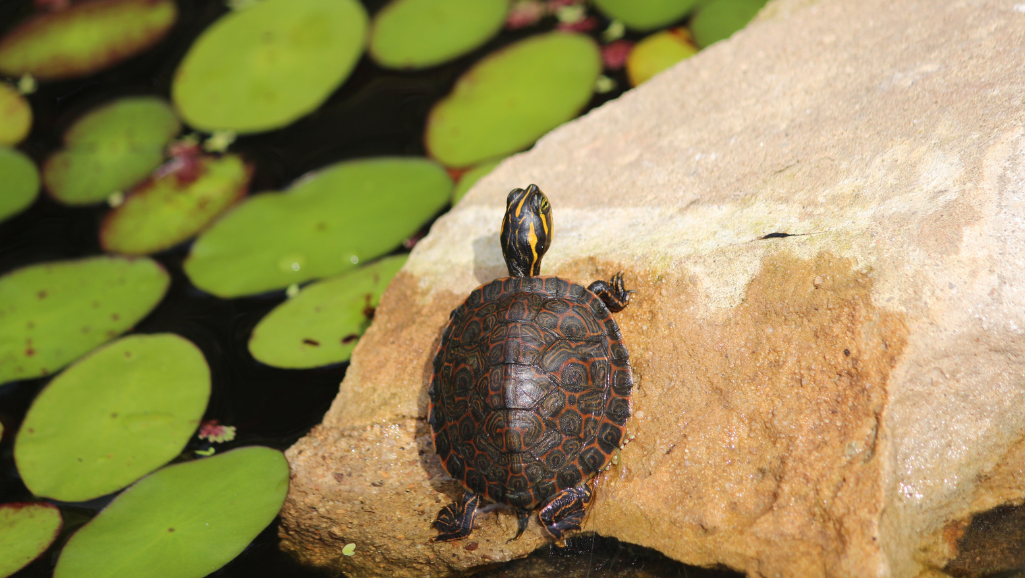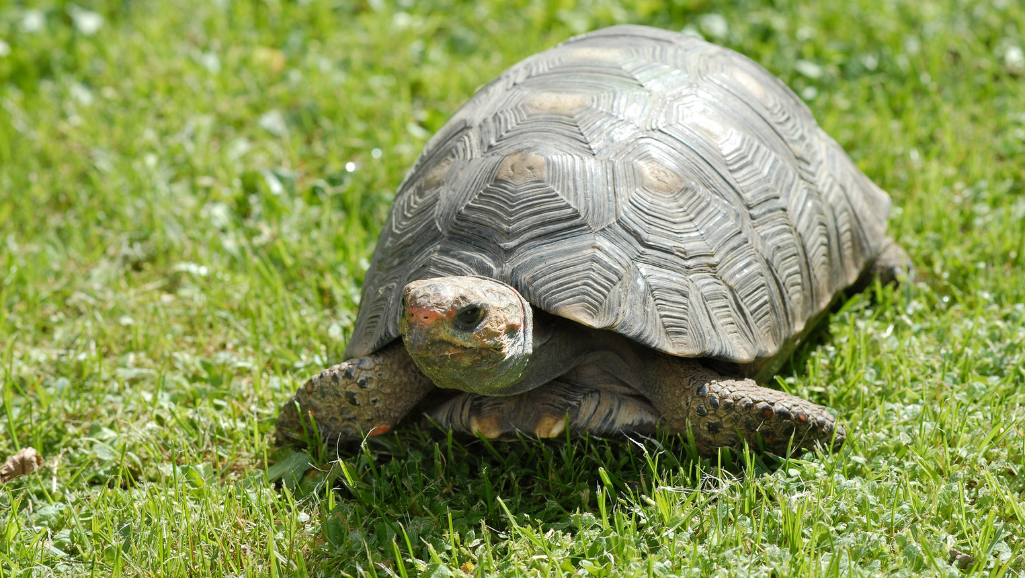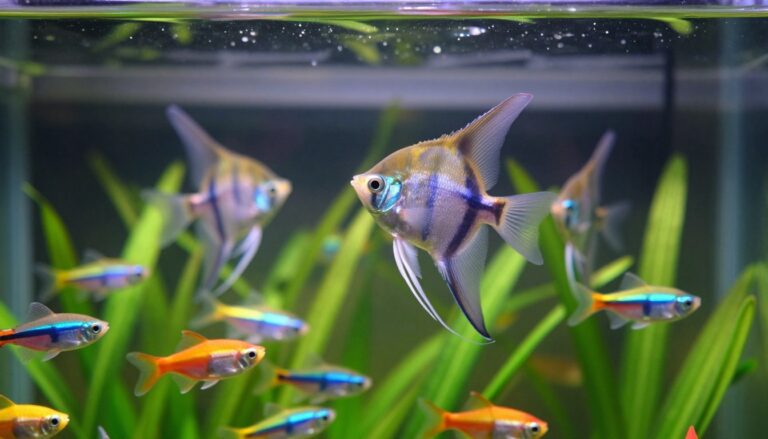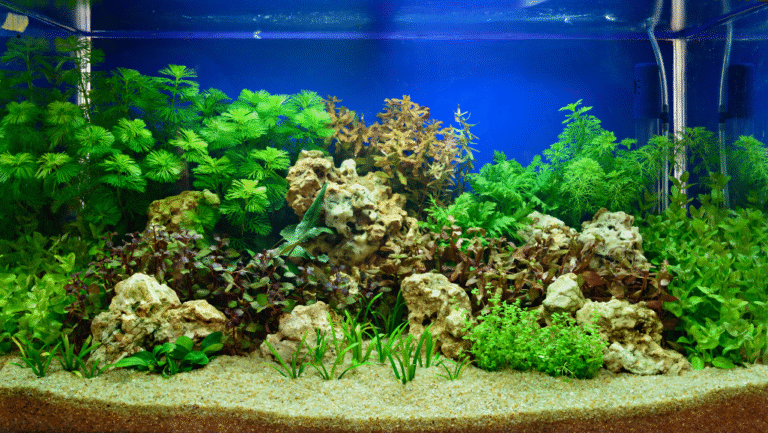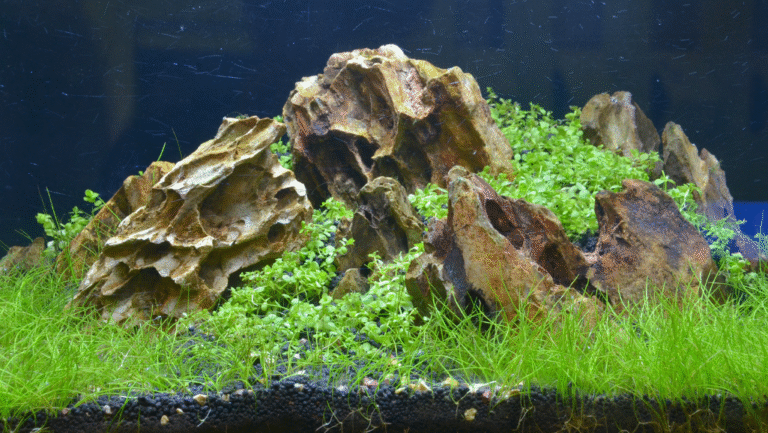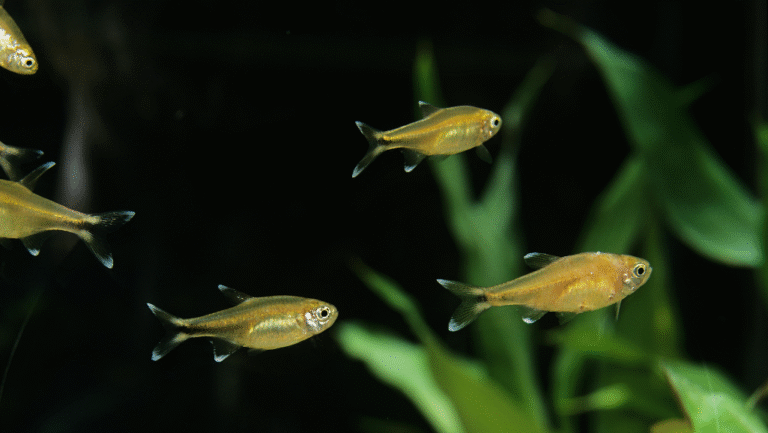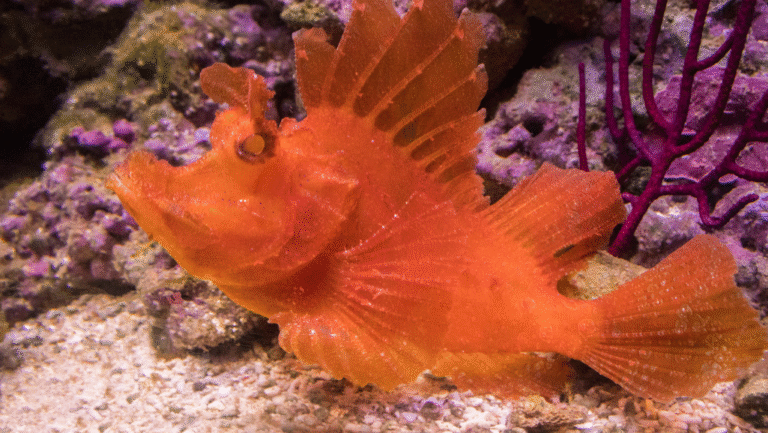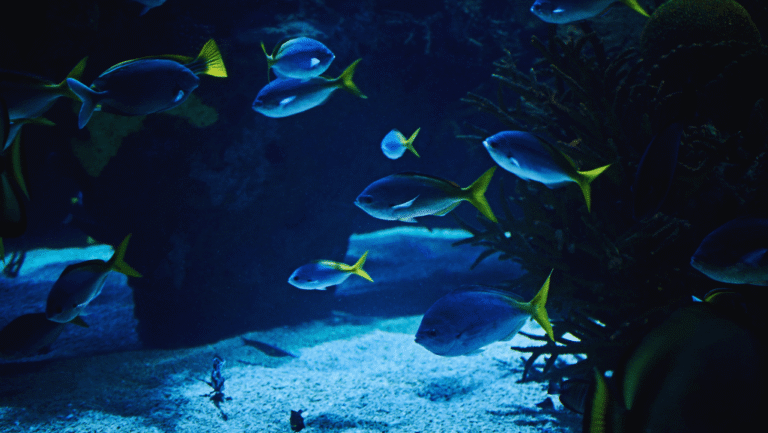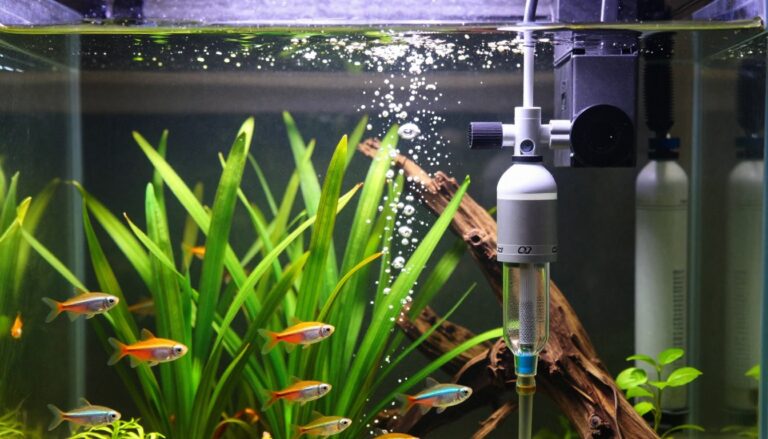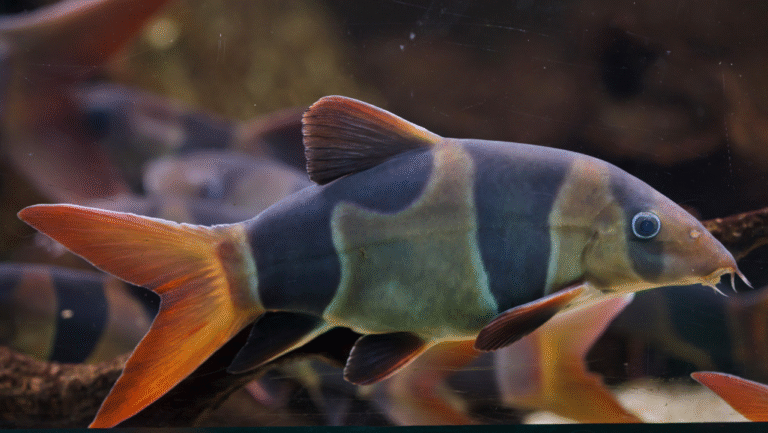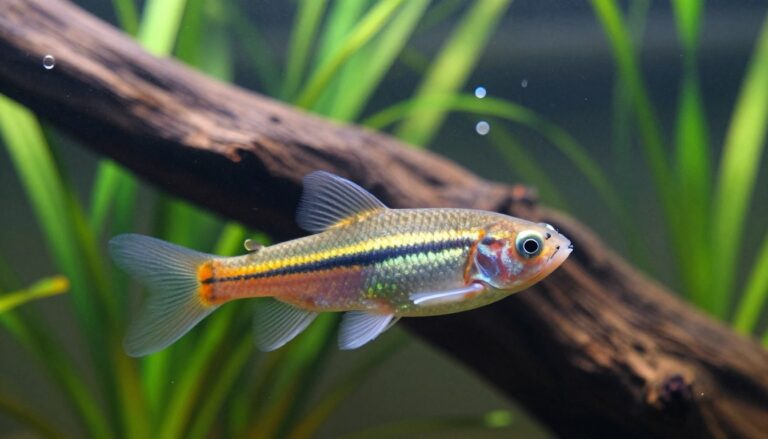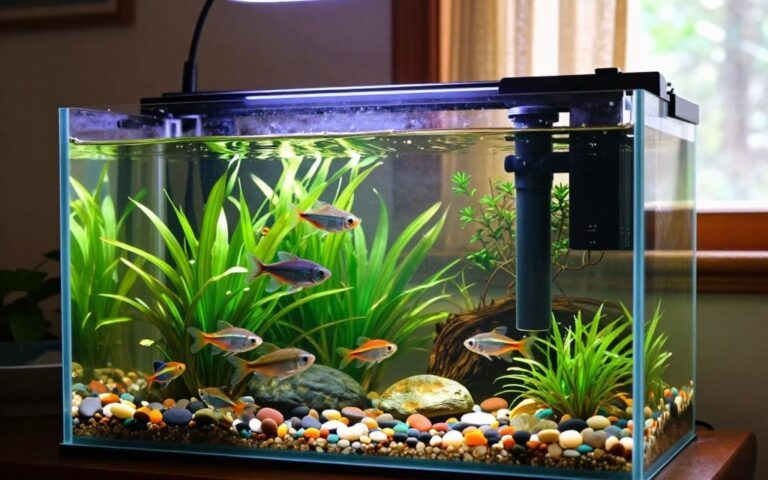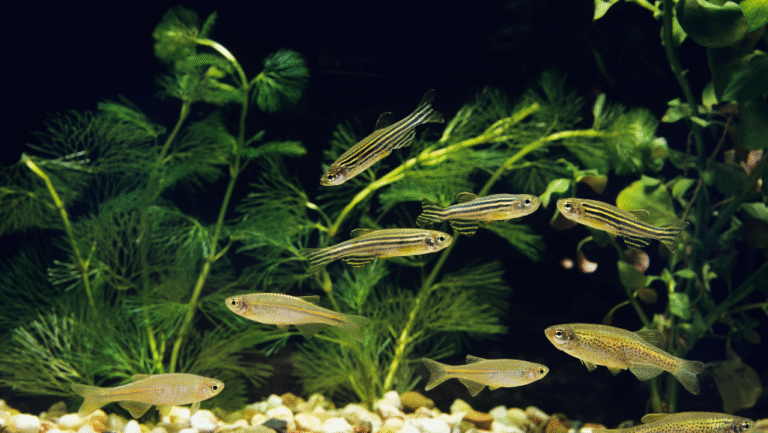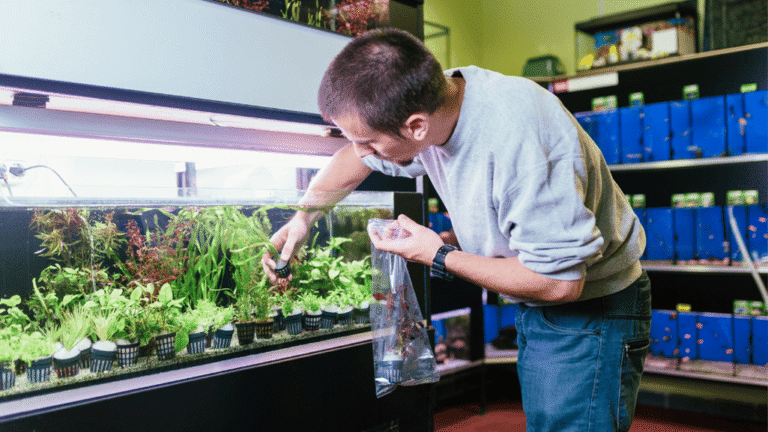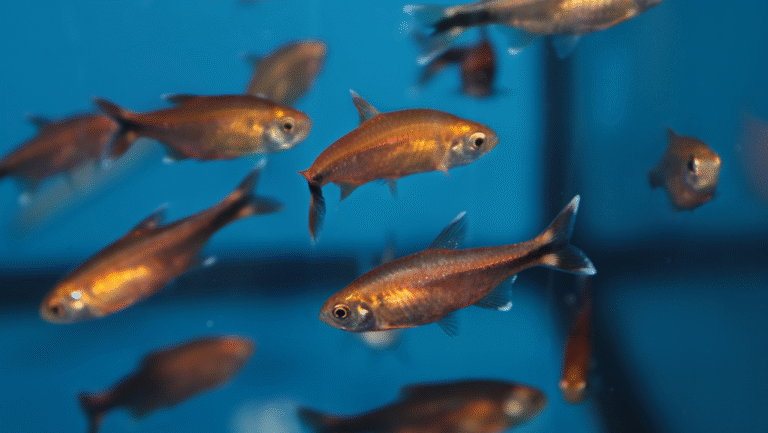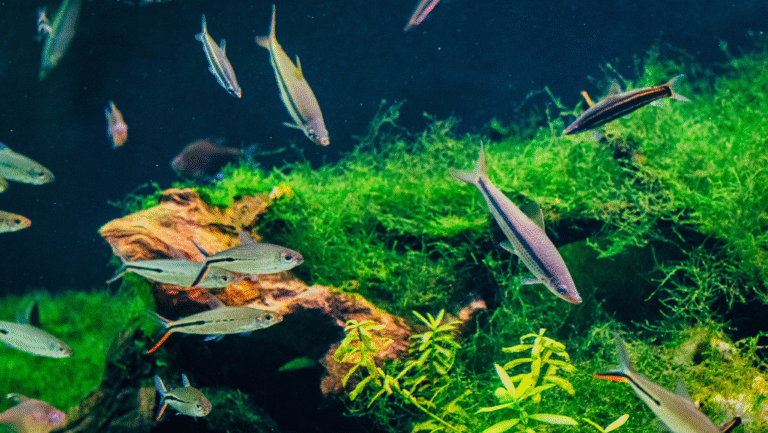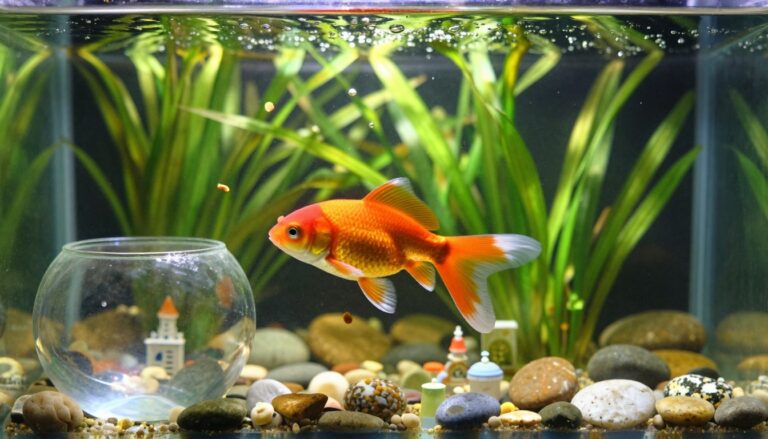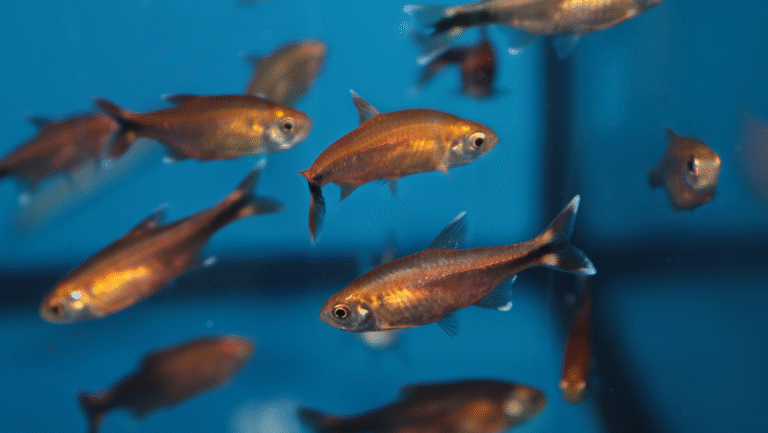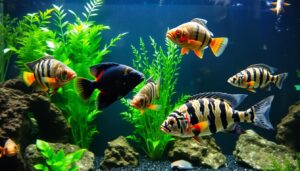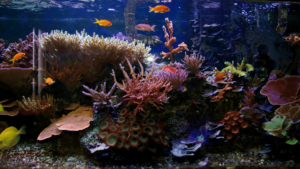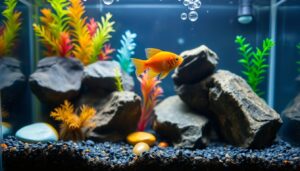Create a backyard oasis that supports healthy, happy reptiles and brings a calm focal point to your yard. This introduction shows how to set a clear vision, pick the right location, and plan for lasting stability.
Start by deciding the pond’s purpose: display, enrichment, or long-term housing. A balanced mix of sunlight and shade helps turtles bask and avoid overheating. Include both shallow shelves and deeper swimming areas so each animal finds comfort.
Use a durable liner, underlayment, rocks, sand, and non-toxic plants to create a natural look that resists leaks. Regular testing of temperature, pH, and ammonia and small weekly water changes keep pond water healthy. Plan access points, secure barriers, and safe handling to protect animals and people.
Key Takeaways
- DIY Turtle Pond.
- Plan with purpose: decide display, enrichment, or long-term care first.
- Choose a location with mixed light and shade for reliable basking.
- Provide shallow and deep zones plus easy entry and exit points.
- Invest in a quality liner, underlayment, filter, and safe plants.
- Monitor water and do small partial changes to keep conditions stable.
- Secure the area and practice safe handling to reduce health risks.
Plan the perfect location and size for your turtle pond
Choose a level, sheltered spot that gets both morning sun and afternoon shade so reptiles can bask and cool off naturally. Mark the footprint with stakes and string and leave a working perimeter for maintenance.
Balance sunlight and shade for healthy basking and heat relief
Pick a calm area away from heavy leaf drop and invasive roots. Morning sunlight helps warming, while afternoon shade prevents overheating.
Place a basking spot in reliable sun, and add shaded retreats nearby so turtles can thermoregulate on their own.
Right size, depth, and tiers for swimming, resting, and hibernation
Size the hole to match your turtles and seasons. Use shallow shelves for feeding, mid-depth swim lanes, and a 3–4 ft deep pocket in cold climates for hibernation.
As a rule, account for at least 10 gallons of water per inch of shell for small setups; larger volumes stabilize temperature and water chemistry.
Materials checklist: pond liner, filtration, rocks, sand, and plants
Assemble core supplies before you dig. Plan power access for the pump and filtration and protect outlets with GFCI and conduit.
- Landscaping fabric underlayment and a durable pond liner
- Pump, filtration, and protected electrical access
- Rocks or field stones, sand to cushion the liner, and hardy aquatic plants
“Good planning turns a backyard space into a lasting habitat.”
Start digging, shape the pond, and install the pond liner
Ready the site with care — clear a footpath free of roots and large stones before you start digging. Mark the outline and remove debris so the hole forms cleanly and safely for all future work.
Create gentle slopes, shallow areas, and a deep zone
Carve gradual slopes into the basin so turtles can enter and exit without slipping. Include a shallow shelf just below the surface for resting and grazing, a mid-depth swim area, and a 3–4 ft deep pocket for thermal stability and possible hibernation.
Plan the deep zone on the leeward side to reduce leaf accumulation and keep water calmer in winter. Add flat stones or a textured ramp at entry points for safe service access.
Lay underlayment and pond liner, secure around edges with stone and soil
Dry-fit landscaping fabric across the shaped hole to guard against punctures, then slowly lower the liner so it seats into shelves and corners. Smooth folds as you go and leave generous overlap at the rim.
- Add 1–2 inches of sand over shelves to cushion the liner and help plants anchor.
- Place anchor rocks and cinder blocks around edges to secure the liner and form a natural rim.
- Test-fill a portion with water to check fit, adjust folds, and confirm slope integrity before final fill.
- Rinse sanded areas lightly, confirm seam security, and prepare filtration hookups before completing the fill.
Finish the step by trimming excess liner only after the partial fill holds shape and stability. Use stones and soil to tuck the liner in and create a clean, stable edge that blends with the surrounding area.
“Good excavation and a well-seated liner set the foundation for a healthy habitat.”
For detailed digging techniques and tools, see this how to dig a pond guide.
Filtration system and water quality: keep pond water clean and safe
Clean, circulating water is the backbone of a healthy habitat and starts with the right filtration choices.
Choose a combined filtration system sized to your pond volume and bioload. Pair mechanical media to trap solids with ample biological media to convert ammonia. Add a UV clarifier to reduce free-floating algae growth during bright months.
Fill the basin with dechlorinated water and run filtration for several days to establish beneficial bacteria before adding any turtles. Use netting or a surface skimmer to cut leaf litter, which can lower pH and clog filters.
Monitor water quality weekly: temperature, pH, and ammonia. Make small 15–20% partial changes as needed to stabilize conditions without shocking inhabitants.
- Place the pump intake in calmer areas to capture solids while avoiding resting turtles.
- Rinse mechanical media but keep bio-media intact to preserve colonies.
- Consider a low-point drain or protected sump pump for bottom waste removal.
“A reliable filtration setup turns routine care into a simple, repeatable step that keeps water clear and animals healthy.”
Safety tip: mount electrical components on GFCI outlets above splash zones and create drip loops. Keep a short log of readings and cleanings to track trends and reduce surprises.
Plants, rocks, and basking spots: design a natural turtle habitat
Layering plants, rocks, and logs creates microzones that help turtles feed, hide, and bask with confidence.
Select turtle-safe aquatic plants like anacharis, water lettuce, and water hyacinth to oxygenate and absorb excess nutrients. Add marginal species such as cattails and iris at the rim to give structure and cover without blocking open swim lanes.
Arrange taller vegetation at the back and shorter species in front to keep sightlines clear. Anchor floating aquatic plants so they enrich water without forming a continuous mat.
Build stable basking spots and hiding places with broad flat rocks and partially submerged logs. Test each platform for load-bearing so it does not wobble when multiple animals climb on.
Use sand pockets on shallow shelves to root hardy species and create gentle resting grips. Place hiding caves and rock crevices around edges to reduce stress and encourage natural behavior.
- Balance beauty and function with a mixed plant palette that filters water and offers shade.
- Keep channels open so turtles navigate the area easily.
- Trim and divide overgrowth seasonally to prevent mats and preserve light and gas exchange.
“A layered, natural layout helps animals thermoregulate, forage, and feel secure.”
DIY turtle pond safety, predators, and ongoing maintenance
A secure setup and a steady maintenance routine cut risks and keep water clear year‑round.
Make sure the pond is escape-proof by building barriers at least 18 inches high using field stones, fencing, or low walls. Slanted, textured sides help animals climb out while discouraging escape. Place smooth rim materials so shells and feet don’t catch.
Protect from predators
Use tight netting, motion-activated sprinklers, and position the water feature near the house to deter raccoons, cats, and birds. Keep shrubs trimmed so ambush spots are limited.
Troubleshoot water and basking issues
Cut overfeeding, remove decaying plants, and clean filters to fight algae growth and cloudy water. Install a UV clarifier for green water and patch liner pinholes promptly with a repair kit.
Ongoing and seasonal maintenance
- Weekly: skim debris, rinse mechanical media, and change 15–20% of water.
- Inspect rocks and liners during cleanings for abrasion or slips.
- Winter: keep a deep zone for hibernation and prevent complete freezing.
- Match care to the specific turtle species and their temperature needs.
“A predictable maintenance rhythm keeps animals healthy and reduces surprises.”
Safety reminder: always wash hands after handling animals or equipment to reduce salmonella risk and keep the area family-safe.
Conclusion
Finish strong by running a final check of edges, access paths, and your filtration system. Use dechlorinated water and confirm pump flow so pond water stays clear and healthy.
Make sure basking spots are stable and plants sit where they will get the right light. Size and place platforms so turtles move easily between sun and shade.
Keep weekly tasks small: skim, test key parameters, and swap 15–20% of the water. Log filter service and observations to catch trends early.
With careful planning, proper depth tiers, and safe barriers, you now have a blueprint for a diy turtle pond that blends beauty and resilience. Stand back and enjoy the living space you created.
